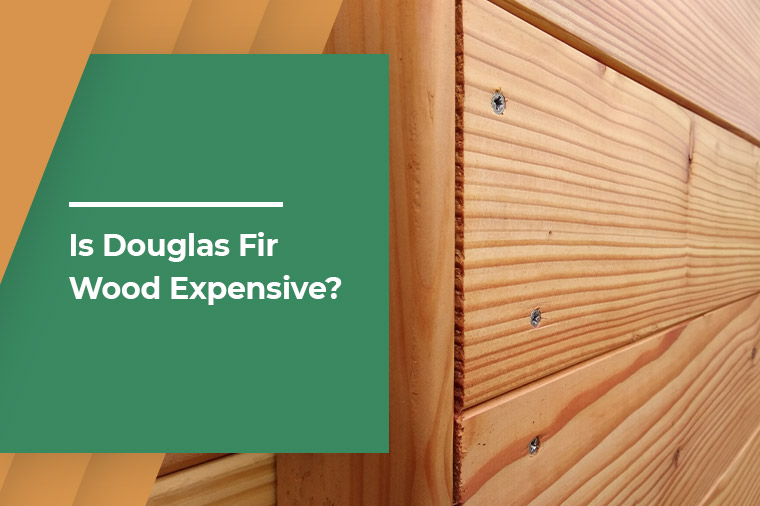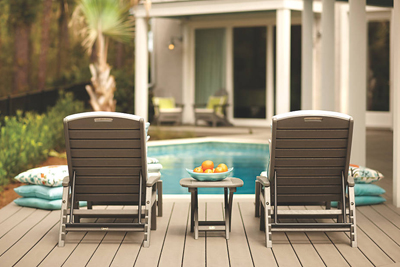Is douglas fir wood expensive?

To All Our Valued Customers, Over the past few years, the Covid 19 Pandemic has forced us to adapt and change the way we do things on a day-to-day basis. Florida Lumber is no exception. To make sure that we remain strong and competitive in the market for the years to come, Florida Lumber has had to adjust and change our vision for the future. In the last 2 years, we have stopped selling Sheetrock and drywall products, roofing felt and roofing materials, and have even closed on Saturdays.
Over the last few months, we have been transitioning our way out of the door supply business so on August 31, 2022, our door shop will stop assembling doors. We will continue liquidating our doors from inventory until we are out of material.
Some customers have asked if we are closing or even moving locations. To set the story straight, we are not closing or selling the business and we are not moving. These changes are all part of our new vision and path to continue serving South Florida and increasing our footprint in the construction supply industry.
Our focus is going to be on Lumber, Construction Materials, Rebar Fabrication and Rebar Accessories. As we have liquidated some of the items that we don’t sell anymore we have created more space to buy a larger volume of our core items and pass on the savings to our customers.
In the next year you will start seeing changes that will help improve our ability to serve you, our customers. We appreciate your business and your patience as Florida Lumber’s new vision becomes reality.
A Todos Nuestros Valiosos Clientes En los ultimos anos, la pandemia de el Virus (Covid 19) nos ha forzado a adaptarnos y cambiar la forma de hacer cosas en el dia a dia. Florida Lumber no ha sido una excepcion.
Para asegurarnos de mantenernos fuertes y competitivos en el mercado en los anos venideros, Florida Lumber ha tenido que ajustar y cambiar nuestra vision para el futuro. En los dos ultimos anos hemos dejado de vender los productos de yeso (sheetrock), paneles de yeso (drywall), tela asfaltica (roofing felt), materiales de techo y cerramos los Sabados. En los ultimos meses, hemos estado en transicion para salir del negocio de suministro de puertas, en Agosto 31, del 2022 nuestra tienda de puertas dejara de construir y/o cortar puertas. Vamos a continuar liquidando nuestro inventario de puertas haste que terminemos todo el material. Algunos de nuestros clientes han preguntado si estamos cerrando o si nos estamos moviendo a otra localidad. La verdad es que no estamos cerrando, no estamos vendiendo y no estamos cambiando de localidad. Estos cambios son todos parte de nuestra nueva vision y camino a continuar sirviendo al estado sur de la Florida y incrementar nuestras huellas en la industria de suministros de construccion.
paneles de yeso (drywall), tela asfaltica (roofing felt), materiales de techo y cerramos los Sabados.
En los ultimos meses, hemos estado en transicion para salir del negocio de suministro de puertas, en Agosto 31, del 2022 nuestra tienda de puertas dejara de construir y/o cortar puertas.
Vamos a continuar liquidando nuestro inventario de puertas haste que terminemos todo el material. Algunos de nuestros clientes han preguntado si estamos cerrando o si nos estamos moviendo a otra localidad.
La verdad es que no estamos cerrando, no estamos vendiendo y no estamos cambiando de localidad. Estos cambios son todos parte de nuestra nueva vision y camino a continuar sirviendo al estado sur de la Florida y incrementar nuestras huellas en la industria de suministros de construcción.
2431 N.W. 20TH ST.
MIAMI, FL 33142
PHONE: (305) 635-6412
Sales Fax: (305) 633-4054
Accounting Fax: (305) 635-3723
Email: sales@tloridalumber.com

The unique wood species of Douglas fir is mostly found in the Pacific Northwest region. Even though it has a strange resemblance to a pine tree, still, it is popularly called fir.
Is Douglas fir wood expensive?
The strength and durability of wood are all-important. If that happens to be your priority then choosing Douglas fir wood as opposed to whitewood is a suitable option. Firwood exhibits more strength and hardness in comparison with other kinds of solid wood such as spruce, pine, or hemlock.
Moreover, blemishes or knots do not form on fir. However, fir is relatively more expensive than the other kinds of wood mentioned above.
Naturally, the question arises what is the cost of Douglas fir?
The approximate cost of a 2-year-old, Douglas fir 6-12" seedlings includes the following.
- 1-5 items $3.89 / each
- 50-99 items $1.33 / each
- 100-249 items $1.05 / each
- 250-499 items $0.73 / each
- 500-999 items $0.62 / each
Additional read: Introduction of Douglas Fir Lumber
DOUGLAS FIR -BEST WOOD SPECIES IN THE WORLD
How is Douglas fir different from pine?
In fir wood, you will come across closely, tightly spaced grain lines. On the contrary, pine comprises broadly spaced grain lines. This increases the weakness of pine in comparison with fir.
In pine, softwood lies juxtaposed in the grain lines. Eventually, it undergoes expansion as well as shrinkage thereby making the wood getting warped or twisted. Since fir is stronger and more stable, it is less at risk of warping or twisting.
Essential characteristics of Douglas fir
Color or appearance
It varies depending on the location and age of the tree. In general, the color of Douglas fir is light brown with a dash of yellow and/or red and darker rings of growth. Douglas fir has two types of pieces namely:
- Quartersawn – where the grain lines are usually plain and straight
- Flatsawn – where the wood has the propensity to display wild grainline patterns
Texture/grain
The grain form is straight or occasionally wavy. Douglas fir is endowed with smooth to coarse texture accompanied by a slight natural luster.
Endgrain
The end grains have resin canals of small to medium sizes. They are infrequently and varyingly distributed. They are either solitary in nature or they club together in tangential groups. The transition from earlywood to latewood happens abruptly. They have high color contrast. The diameter of the tracheid varies from medium to large.
Resistance to rotting
Douglas fir shows moderate durability in connection with decay. However, the wood also shows appreciable susceptibility to pest attacks.
Workability
By and large, machines perform satisfactorily while cutting Douglas fir. But, with time it makes cutters blunt to some extent. The wood can be stained, glued, and finished with mastery.
Odor
Douglas fir gives off a distinctive resin-like smell when worked upon.
Toxicity or proneness to an allergic reaction
Even though the use of Douglas fir barely prompts severe, allergic reactions, still experts believe exposure to the wood can cause nausea, skin irritation, running nose, and giddiness. Also, the use comes up with a heightened probability of infected splinters.
Pricing and availability
The wood is predominantly available in the form of construction lumber at affordable prices. However, latewood or revamped boards can be costlier.
Sustainability
It offers impressive sustainability and is commonly used to create plywood, veneers, and construction or structural lumber.
Conclusion
Douglas fir trees tend to grow very large. They are also high-yielding in terms of the generation of useful lumber, plywood, and veneer. Because of its timber’s high commercial value, Douglas fir wood has widespread use in the construction of buildings. The wood is known for its remarkable strength, hardness, and heaviness, and extreme stiffness.

